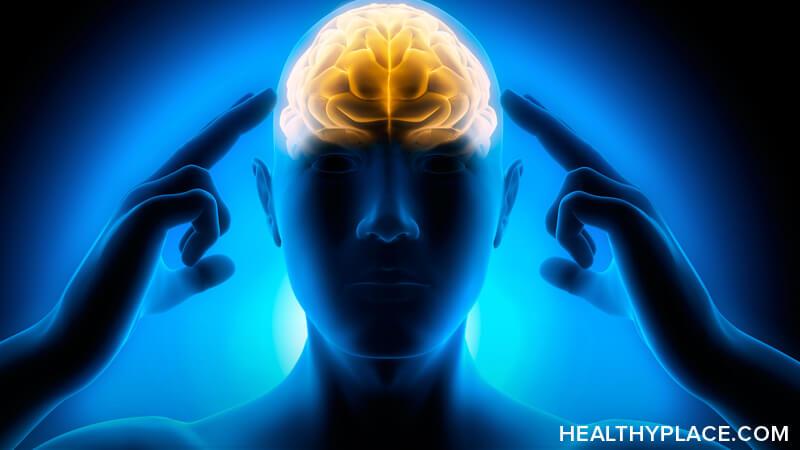2 Ways to Use Mindfulness to Reduce Anxiety

The following two powerful mindfulness techniques can reduce anxiety's strong grip. Living mindfully is about being present in your moment and with yourself no matter what that moment is like or how you feel.
When we experience anxiety, typically, the last place we want to be is wherever it is. We don't want to be present in a difficult moment. We don't want to be present in our thoughts. Wanting to be anywhere else is natural and makes sense. Unfortunately, avoiding, escaping, or fighting anxiety doesn't work because anxiety is persistent and follows us, bugging and annoying us. A key to reducing anxiety is to stop and be present, moment by moment. Here are two mindfulness tools to help you do it.
Do These 2 Things Reduce Anxiety with Mindfulness
Mindfulness involves many different components and principles, so there are more than two ways to use it to reduce anxiety. Trying to use too many different strategies at once to overcome anxiety, though, can become overwhelming, unmanageable, and discouraging and thus can end up worsening anxiety rather than helping it. In the spirit of being useful, I've chosen just two aspects of mindfulness you can use right now to break free from anxiety's hold on you.
- Don't take your senses for granted. Our senses perceive the world around us. We're surrounded by so many things in every moment that we often don't really notice anything. When we're stuck in our minds, ruminating and obsessing over worries, what-ifs, and worst-case scenarios, we don't fully notice what's around us in the real, concrete world that makes up our life. The opposite of this is also true: When we're paying attention to the world around us and all its details, we can't latch onto the worries bouncing around in our minds. Use this to your advantage.
When you catch yourself being anxious--thinking anxious thoughts, feeling anxious emotions, and experiencing anxiety symptoms in your body--call on your senses. Direct your attention to the neutral stuff around you. Notice sights, sounds, smells, textures, and/or tastes. Concentrate on all the minute details and nuances. Place your attention on what your senses are revealing to you right now, at this moment.
Do this often to train your mind to pay attention to things other than anxiety.
- Invite rather than fight. Anxiety disrupts lives, and it's natural to hate it, to resist it, to struggle against it, to fight it. Doing this, though, requires us to direct our attention, effort, and energy onto anxiety, the very thing we want to overcome.
When we're focusing on it, anxiety is dominating our reality. Mindfulness offers an alternative. In addition to offering something else to pay attention to (whatever your senses reveal to you in a moment), it offers us a way to take away some of its power.
Mindfulness is about letting go of the struggle. It's about noticing and acknowledging our thoughts, feelings, and physical sensations--our anxiety--and (gasp) inviting it to be there. When you invite anxiety to be with you, you are actually inviting it to be beside you. Beside you means outside of you, as in out of your head.
When you invite, you willingly accept, and why you accept, you stop fighting. You create space and free yourself to be mindfully present in your moment. Anxiety can sit right there beside you, but you don't have to give it your attention and energy by fighting with it. Inviting anxiety to be there is very liberating and allows you to live your life, taking action despite anxiety.
Choose a Lifestyle of Mindfulness to Reduce Anxiety for Good
Mindfulness is something you do, and, over time, it becomes a way of being. When mindfulness is your default way of living and being in your life, it gradually begins to replace anxiety. When you intentionally use your senses to shift your focus and invite rather than fight anxiety, you develop new ways of thinking, feeling, and behaving.
Start a new lifestyle with just these two mindfulness principles. Your present moment exists, and anxiety exists. It's impossible to give them both the same amount of attention at the same time. One must drift into the background when you're focusing on the other. Choose to let anxiety drift to the background while you embrace your life mindfully and freely.
APA Reference
Peterson, T.
(2021, April 1). 2 Ways to Use Mindfulness to Reduce Anxiety, HealthyPlace. Retrieved
on 2025, December 13 from https://www.healthyplace.com/blogs/anxiety-schmanxiety/2021/4/2-ways-to-use-mindfulness-to-reduce-anxiety